Complete Interior Services
Complete Interior Services
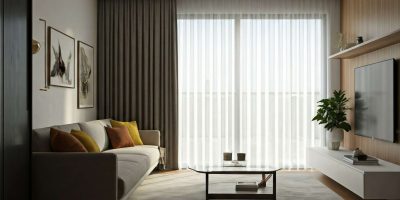
Space Planning
Layout Design: Organizing furniture, fixtures, and decor to optimize the functionality and flow of the space.
Zoning: Dividing the space into functional areas (living, dining, work areas, etc.) while maintaining coherence and balance.
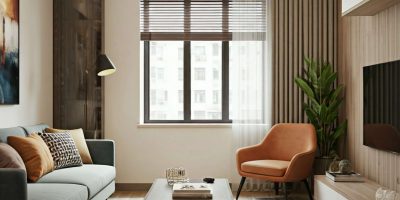
Design Concept Development
Style Definition: Deciding on an overarching style, such as modern, traditional, contemporary, minimalist or eclectic to guide the design.
Mood Boards: Creating visual representations of design ideas, including color palettes, textures and materials.
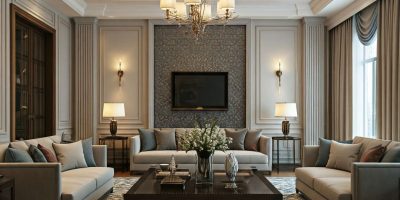
Furniture and Fixture Selection
Furniture: Choosing appropriate furniture that complements the design and fits the functional needs of the space.
Lighting: Selecting ambient, task and accent lighting to enhance the atmosphere and usability of the space.
Fixtures: Picking out items like door handles, light switches and bathroom/kitchen fittings to suit the design theme.
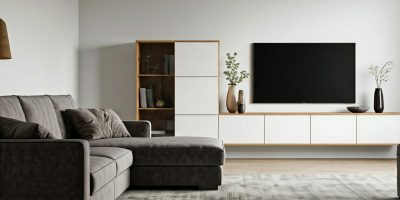
Color Schemes and Materials
Color Selection: Choosing a color palette that complements the overall design and creates the desired mood (e.g., warm tones for comfort, neutral for elegance).
Material Selection: Picking materials for floors, walls, countertops and textiles that balance aesthetics, durability and budget.
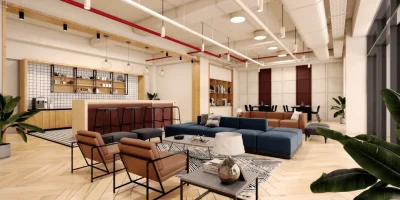
Decor and Accessorizing
Artwork: Adding paintings, sculptures, or murals that fit the overall style and enhance the visual interest.
Textiles: Using rugs, curtains, cushions, and bedding to add texture and comfort.
Decorative Pieces: Incorporating vases, sculptures, plants, and other decor elements to personalize and complete the space.
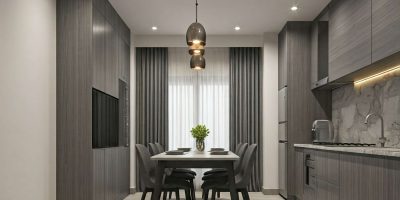
Lighting Design
Natural and Artificial Lighting: Maximizing natural light while incorporating various artificial lighting layers (ambient, task, accent) to suit different activities and moods.
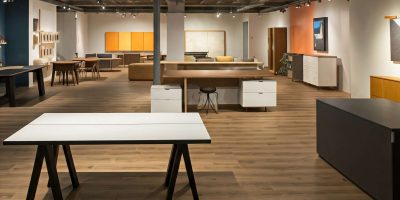
Flooring and Ceiling Treatments
Flooring Materials: Selecting materials such as hardwood, tiles, carpet, or stone based on the room’s function and desired aesthetic.
Ceiling Design: Including features like false ceilings, exposed beams or custom lighting installations to add depth and sophistication.
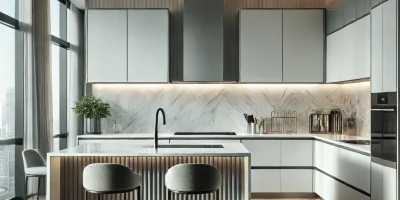
Storage Solutions
Custom Storage: Designing built-in storage solutions such as cabinetry, closets and shelving to maximize space efficiency.
Smart Storage: Integrating hidden or multifunctional storage options to keep the space clutter-free.
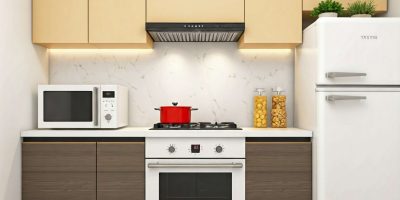
Technology Integration
Smart Home Systems: Incorporating technology for lighting, heating and entertainment controls to create a modern, tech-savvy environment.
Entertainment and Audio-Visual: Designing for home theater systems, surround sound and other media needs.
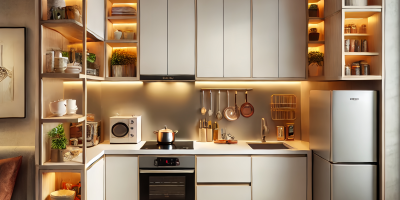
Sustainability
Eco-Friendly Design: Choosing sustainable materials, energy-efficient lighting and eco-conscious practices to minimize environmental impact.
Energy-Efficient Features: Incorporating appliances and design elements that reduce energy consumption, such as LED lighting and solar panels.

Project Management
Budgeting: Managing the design within the client’s financial constraints while ensuring quality and aesthetic goals are met.
Timeline Coordination: Overseeing the timeline of the project, including collaboration with contractors, suppliers and artisans.
Quality Control: Ensuring that all design elements are executed to the highest standard, from construction to finishing touches.

Finishing Touches
Final Styling: Adding personal and decorative items to give the space character and life.
Staging: Arranging furniture and decor to create a polished and cohesive look that completes the design.

